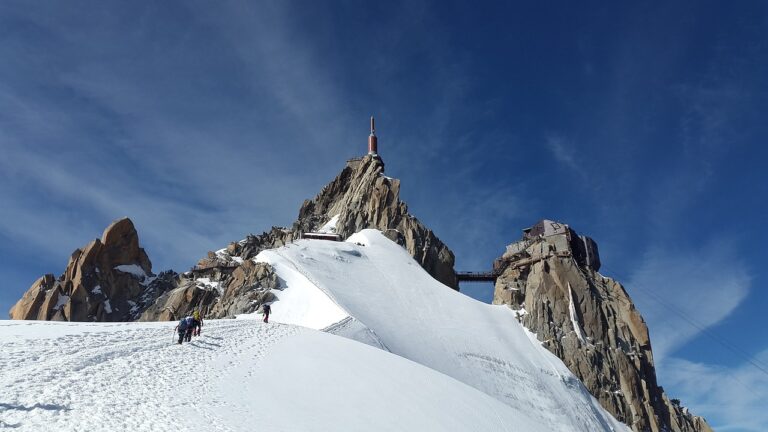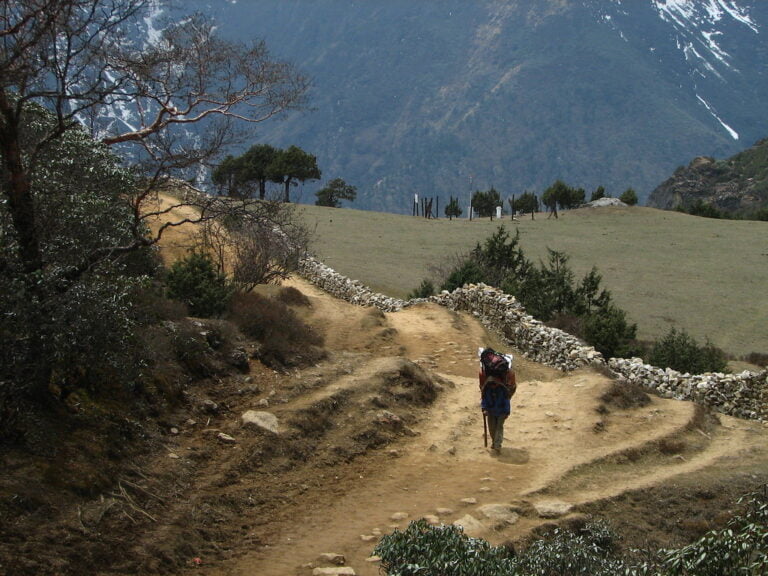Can You Run While Backpacking?
Backpacking and running can be combined, but it requires careful planning, specialized gear, and a willingness to adapt to the unique demands of running with a heavy pack. Prioritize packing light, focusing on essential items and using a backpack with a dedicated compartment for running gear. Incorporate strength training and flexibility exercises into your preparation, and practice running with a loaded pack to build resilience. Be mindful of trail conditions, navigation, and energy management, and consider alternative transportation options when running isn't feasible. With proper preparation and awareness, you can successfully integrate running into your backpacking adventure, and discover the rewards that come with pushing beyond your limits.
Weighing the Pros and Cons
When considering running while backpacking, it's essential to weigh the benefits of increased cardiovascular fitness and mental clarity against the drawbacks of added fatigue and potential injuries. On the plus side, running can intensify overall physical conditioning, boost mood, and increase energy levels. Additionally, the mental clarity gained from running can help backpackers stay focused and motivated during their journey. However, running with a heavy pack can lead to fatigue, blisters, and joint strain, ultimately hindering progress and overall enjoyment. It's vital to carefully consider these factors and assess individual capabilities before deciding to incorporate running into a backpacking trip.
Packing Light for Running
Regularly, backpackers who plan to run during their trip must prioritize packing light to minimize the weight and bulk of their gear. This allows for a more enjoyable and efficient running experience. To achieve this, focus on essential items only, such as a few changes of clothing, a lightweight tent, and a compact sleeping bag. Consider using a backpack with a dedicated compartment for running gear, keeping it separate from the rest of your belongings. Roll your clothes to save space, and opt for multi-use items like a sarong that can serve as a towel, blanket, or even a dress. By packing smart, you'll be able to run freely without the burden of a heavy backpack.
Choosing the Right Footwear
Selecting a pair of trail-running shoes that can handle varied terrain and conditions is crucial for a successful backpacking and running experience. Look for shoes with aggressive tread patterns, breathable uppers, and adequate cushioning to provide stability and comfort on uneven trails. A waterproof or water-resistant membrane, such as Gore-Tex or eVent, is essential for keeping your feet dry in wet conditions. Additionally, consider shoes with a more substantial toe cap to protect your toes from rough terrain and debris. Finally, choose shoes with a comfortable fit, allowing for a snug heel and sufficient room in the toe box to accommodate swelling during long runs. By selecting the right footwear, you can guarantee a comfortable and enjoyable backpacking and running experience.
Trail Conditions Matter
Terrain variability and weather conditions substantially impact the difficulty and safety of running while backpacking, making it essential to adapt your pace and footing accordingly. Rocky, uneven trails require shorter, more deliberate strides, while smooth, well-maintained paths enable longer, more fluid ones. Inclement weather, such as rain or snow, demands extra caution to avoid slipping and falling. In addition, trail obstacles like roots, rocks, and stream crossings necessitate quick reflexes and agility. Be prepared to adjust your running style and technique to match the terrain and conditions, prioritizing safety and efficiency over speed. By doing so, you'll minimize the risk of injury and maximize your enjoyment of running while backpacking.
Running With a Heavy Pack
Carrying a heavy backpack while running substantially alters your running dynamics, requiring adjustments to your posture, stride, and foot strike to maintain balance and prevent fatigue. The added weight shifts your center of gravity, forcing you to lean forward and land midfoot or heel strike to compensate. This altered gait reduces your running efficiency, increasing energy expenditure and the risk of overuse injuries. To mitigate these effects, focus on maintaining a strong core, engaging your glutes, and shortening your stride. Practice running with a loaded pack on flat, smooth surfaces to build strength and adapt to the unique demands of running with a heavy backpack.
Safety Concerns on the Trail
On trails with varying degrees of difficulty and uncertainty, backpackers who run must remain vigilant and proactive in managing risk to avoid accidents and guarantee a safe passage. One pivotal aspect is being aware of the surroundings, keeping an eye out for potential hazards such as slippery rocks, steep drop-offs, and inclement weather. It is also essential to be mindful of personal physical limitations, recognizing when to slow down or take a break to avoid exhaustion. Additionally, backpackers should carry a first-aid kit, know basic wilderness first aid, and have a plan for emergency situations. By being proactive and prepared, runners can minimize risks and enjoy a safe and successful backpacking experience.
Training for Backpack Running
Sixteen weeks of structured training is a reasonable timeframe to prepare for backpack running, allowing for a gradual build-up of endurance, strength, and agility. During this period, focus on building your running mileage, incorporating strength training exercises, and improving your flexibility. Incorporate short, intense intervals to simulate the demands of backpack running. Additionally, practice running with a loaded backpack to acclimate yourself to the added weight and resistance. Gradually increase the weight and duration of your training sessions to build resilience. It's essential to listen to your body and allow for rest and recovery days to avoid injury. A well-structured training plan will help you develop the necessary skills and physical adaptations to tackle backpack running with confidence.
Managing Your Energy Levels
Proper energy management is essential to maintaining a consistent pace and enjoying the backpack running experience, as it enables you to tackle challenging terrain and inclement weather conditions while shouldering a heavy load. To optimize your energy levels, focus on the following strategies:
- Fuel wisely: Consume a balanced diet that includes complex carbohydrates, lean protein, and healthy fats to provide sustained energy.
- Hydrate adequately: Drink plenty of water throughout the day to prevent dehydration and electrolyte imbalances.
- Pace yourself: Start with a moderate pace and adjust according to your body's response to the load and terrain.
- Take regular breaks: Rest and recharge to avoid burnout and prevent injuries.
- Listen to your body: Recognize early signs of fatigue and adjust your pace or take a break to avoid exhaustion.
Accurate navigation and route finding are critical skills for backpack runners, as they guarantee a safe and efficient journey through unfamiliar terrain. To navigate effectively, it's essential to bring a map, compass, and GPS device or smartphone with a GPS app. Always carry extra batteries and a paper map as a backup. Before setting out, study your route and identify potential hazards, such as steep slopes, rivers, and wildlife habitats. While running, periodically check your location and adjust your course as needed. Pay attention to trail signs, landmarks, and natural features like rivers and ridges to stay on track. By mastering navigation and route finding, backpack runners can minimize risk and maximize their enjoyment of the wilderness.
Alternative Options to Running
While navigation and route finding skills are vital for backpack runners, there may be instances where running is not feasible or safe, and alternative modes of transportation must be considered. In such cases, it's essential to have a backup plan to guarantee a successful and enjoyable backpacking trip.
- Hiking at a fast pace: A brisk hike can help you cover ground quickly while still allowing you to take in your surroundings.
- Using public transportation: Buses, trains, and shuttles can be a convenient way to cover long distances.
- Cycling: If you have a lightweight bike or can rent one, cycling can be a great way to discover the area.
- Taking a taxi or ride-share: In some cases, it may be necessary to use a taxi or ride-share service to get to your destination.
- Using a backpacking shuttle service: Many parks and trails offer shuttle services specifically designed for backpackers.



